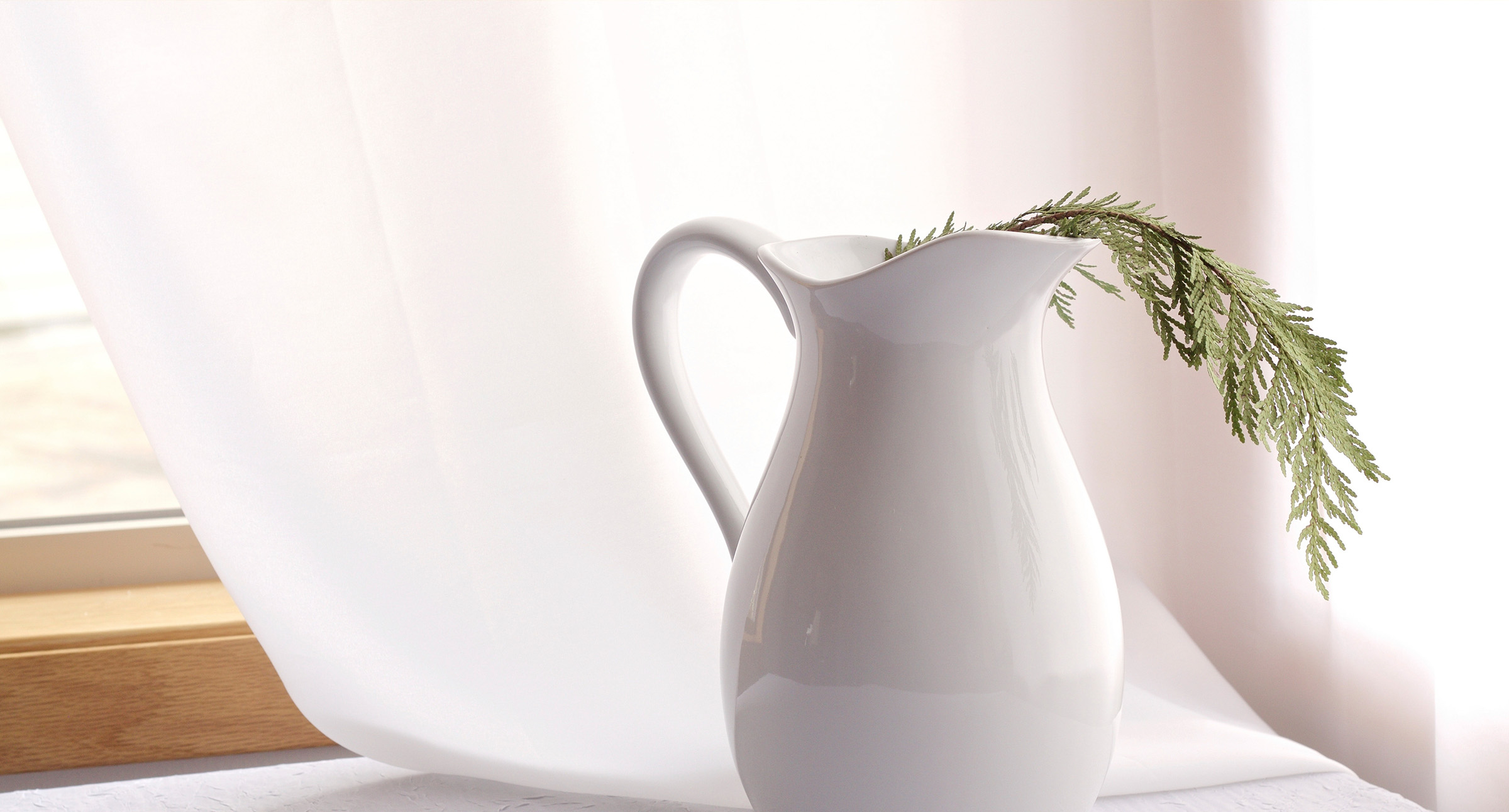
Professor: “What is a standard recipe?”
Chef Alex: “A standardized recipe is a set of written instructions used to consistently prepare a known quantity and quality of a dish.
Professor: “Who uses standardized recipes?”
Chef Alex: “Food manufacturers, institutions, caterers, and chain restaurants all use standardized recipes. It is an important process to ensure consistent quality, taste, and portion sizes across different batches of a dish. It specifically describes the exact, measurable amount of ingredients and the method of preparation needed to consistently produce a high-quality product.”
Professor: “What are the advantages of using standard recipes?”
Chef Alex: “An organization wants a dish to be precisely the same every time it is made to provide consistency, uniformity, and control the quality, yield, nutritional content, cost, and reducing waste. Also, the person in charge of purchasing knows exactly how much to buy of each ingredient.
Professor: “How does a dish become a standard?”
Chef Alex: “If a Chef in a chain restaurant makes a popular dish, and they want to serve the same dish in the other restaurants, they would rewrite the recipe to be standard. In a food manufacturer facility, a recipe would be developed in a test kitchen and turned into a standard recipe. Often for large quantities.”
Professor: “What is the difference between a regular and a standard recipe?”
Chef Alex: “They are similar but different. In a restaurant setting, it is similar, maybe without the headnote and with more emphasis on serving size and presentation. At a food manufacturing plant, it is a little different. Try to go into your local grocery store and look around. Everything that has been processed has a standard recipe: frozen entrees, jams, coffee creamers, and canned peas. Such recipes require exact written procedures, equipment, and ingredients.
Professor: “You are now talking about large-scale food production?”
Chef Alex: “Yes, and of course, the exact process depends on the type of product being made, but almost all follow the same steps:
Raw material sourcing
Pre-processing, cleaning, sorting.
Processing
Packaging
Quality control
Distribution
This will also include appropriate Hazard Analysis and Critical Control Points (HACCP).”
Professor: “So, what is the exact procedure to standardize a recipe?”
Chef Alex: “Choose a Base Recipe: Start with a well-tested and well-liked recipe as the base. This will serve as the starting point for your standardization process.
Recipe name,
Recipe card number,
Section, classification,
Ingredients and Quantities: List all the ingredients required for the recipe, in order of preparation, and their exact quantities. Use consistent units of measurement, such as grams, ounces, cups, or tablespoons.
Convert Measurements: Convert measurements to standardized units if needed. For example, if the recipe uses volume measurements like cups, convert them to weight measurements like grams and kilos for greater accuracy.
Scaling Up or Down: If you need to adjust the recipe for larger or smaller batches, use proportional calculations to maintain the correct ingredient ratios and cooking times.
Instructions: Write clear and detailed step-by-step instructions for each stage of the cooking process. Be specific about techniques, cooking times, temperatures, equipment, and special considerations.
Yield and Portion Sizes: Record the total yield of the recipe. Determine the desired portion size for the dish. This could be a single serving or a larger quantity for a group. Make sure the recipe yields the desired number of portions.
Testing and Adjustments: Cook the recipe as written and evaluate the result. Assess the taste, texture, appearance, and portion size. If necessary, adjust ingredients or cooking techniques to achieve the desired outcome.
Nutritional Information: Calculate the nutritional information for each portion, including calories, protein, carbohydrates, fats, vitamins, and minerals. This is especially important for food service establishments.
Presentation and Garnishes: Specify how the dish should be presented, including plating techniques, garnishes, and accompaniments. Consistency in presentation enhances the dining experience.
Quality Control: Implement quality control measures to ensure consistency—train staff to follow the standardized recipe precisely and conduct regular taste tests to verify the results.
Documentation and Storage: Create a standardized recipe card or document that includes all the details, including ingredients, quantities, instructions, and nutritional information. Store this document in a central location accessible to all relevant personnel.
Review and Update: Regularly review and update your standardized recipes. If you make changes to the recipe, ensure that they are well-documented and communicated to all staff members.
Maintain proper hygiene and sanitation practices throughout the food production process. This involves regularly cleaning equipment, properly storing raw ingredients and finished products, and following strict food safety regulations and guidelines.”
Remember, standardizing recipes aims to maintain consistency while allowing for a certain level of flexibility to accommodate variations in ingredients and equipment. This ensures that the recipe delivers a consistent and high-quality result each time it is prepared.

